Choosing the wrong wooden door can be a costly mistake for any project. It impacts durability, security, and the overall look, causing headaches and budget overruns for your business.
To choose the right wooden door, first consider its location and purpose. Then, select a wood species that fits the climate and style. Finally, decide on the door’s construction, core type, and finish to match your durability and security needs.
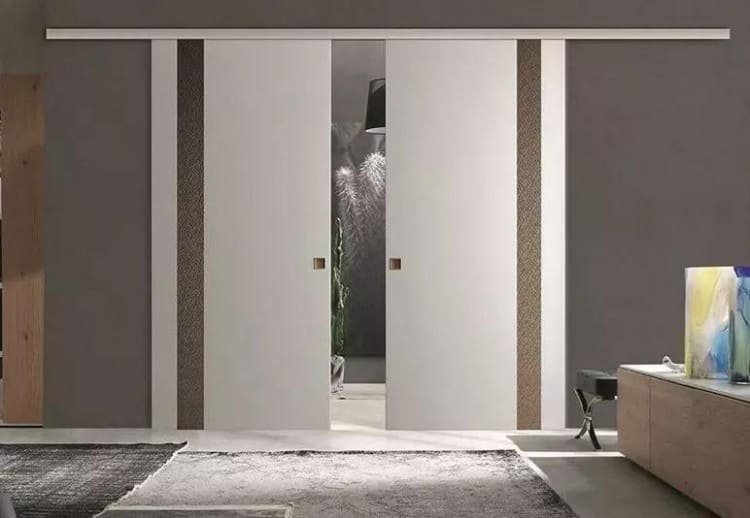
For years, I’ve supplied hardware for thousands of door projects. I’ve seen firsthand how the right door can make a project, and the wrong one can break it. The small details matter a lot, from the type of wood to the core that’s hidden inside. It seems complicated, but it’s really about asking the right questions. Let’s break down the process step by step, so you can choose with confidence every time.
How to select wood for doors?
Not all wood is created equal for every job. The wrong choice can lead to warping, cracking, or rot, resulting in callbacks and unhappy clients. It pays to know the difference.
To select wood for a door, consider its durability, appearance, and location. Hardwoods like oak are great for exterior doors because they resist weather. Softwoods like pine are better for interior doors where looks and cost are more important.
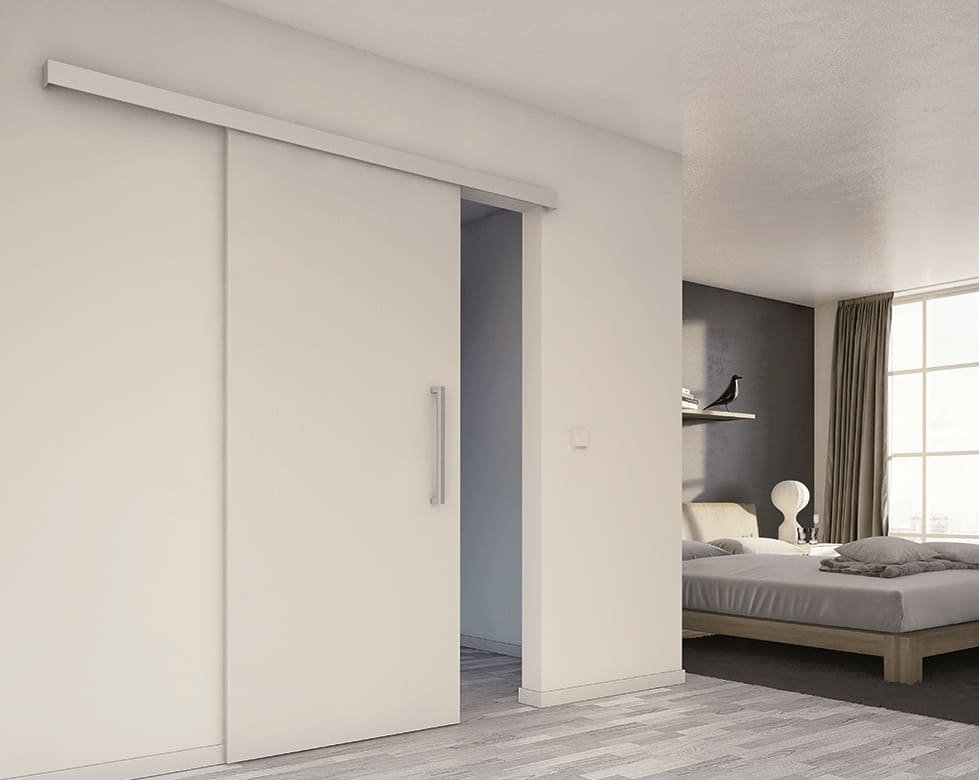
When I work with clients, the first thing we discuss is the wood itself. It’s the foundation of the door. The choice affects not just how the door looks, but how it performs over a decade or more. A purchasing manager needs to balance cost, aesthetics, and long-term durability. We can break this down into a few key areas to make the decision much simpler.
Hardwoods1 vs. Softwoods
The main difference is density. Hardwoods1 come from slow-growing trees, making them dense and strong. Oak2, mahogany, and maple are good examples. They resist dents and wear very well, which is why I recommend them for high-traffic areas and exterior doors. Softwoods, like pine and fir, are lighter and less expensive. They are great for interior doors, like for a bedroom or a closet, where they won’t face harsh weather. They can be dented more easily, so keep that in mind.
Key Wood Characteristics
Different woods have unique looks and properties. Oak2 has a strong, visible grain that gives a traditional feel. Mahogany has a finer, straighter grain for a more elegant, high-end look. The wood type also changes how it takes a stain or paint.
Here is a simple table to help you compare:
| Wood Type | Durability | Best Use | Cost | Grain Pattern |
|---|---|---|---|---|
| Oak2 | Very High | Exterior/Interior | High | Strong, prominent |
| Mahogany | High | Exterior | Very High | Fine, straight |
| Pine | Medium | Interior | Low | Knotty, rustic |
| Maple | High | Interior | Medium-High | Subtle, fine |
What are the 5 factors to consider when selecting a door?
A beautiful door is useless if it doesn’t function properly. Overlooking key details can lead to poor insulation, security risks, and high maintenance costs down the line for your customers.
The five key factors are location (interior or exterior), material (wood type), style (panel or flush), core type (solid or hollow), and hardware compatibility. Considering these ensures a functional, durable, and secure door.
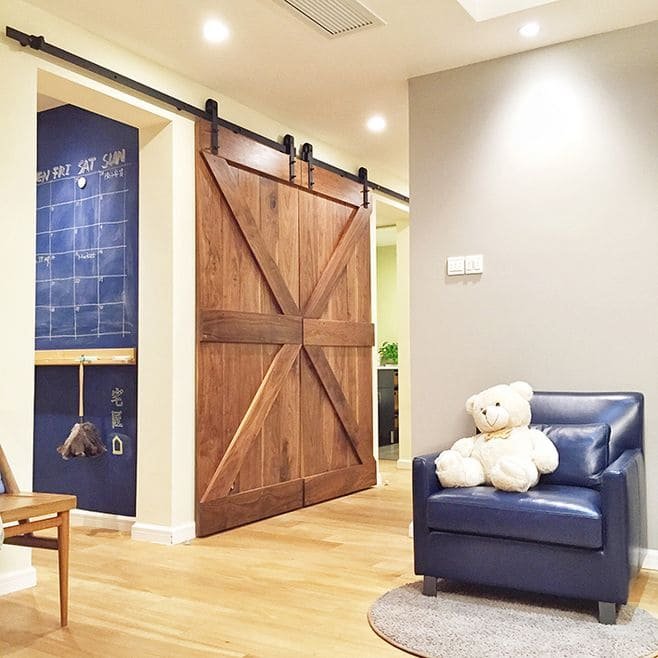
I have seen many projects get delayed because someone chose a door based only on looks. A door is more than a piece of wood; it’s a functional part of a building. As a hardware manufacturer, I always stress that the door and its hardware must work together as a system. If you just remember these five points, you’ll avoid common problems and make a smart purchase every time. It’s a simple checklist that I use with my own team.
Location and Core Type Matter
First, where will the door be used? An exterior door needs to be tough. It must stand up to rain, sun, and temperature changes. It also needs to be secure. For this, a solid core door3 made from a durable hardwood is the best choice. For an interior door, like a closet, a lightweight and less expensive hollow core door4 is perfectly fine. For a bedroom or office, a solid core interior door is better because it blocks sound well.
Style and Hardware Integration
The door’s style should match the building’s design. Panel doors give a classic, traditional look. Flush doors are smooth and have a modern feel. But don’t forget the hardware. A heavy, solid wood door needs heavy-duty hinges and a strong roller system, like the ones we produce at opensliding. The handles, locks, and closers also have to be right for the door’s weight and intended use. Thinking about the hardware early on saves a lot of trouble later.
How do I know what kind of door I need?
With so many options, choosing a door can feel overwhelming. Picking one without a clear plan often leads to buying the wrong product, which wastes both time and money.
To know what door you need, ask three questions. First, where will it go? Second, what is my budget? Third, what style am I trying to match? Your answers will quickly narrow the options.
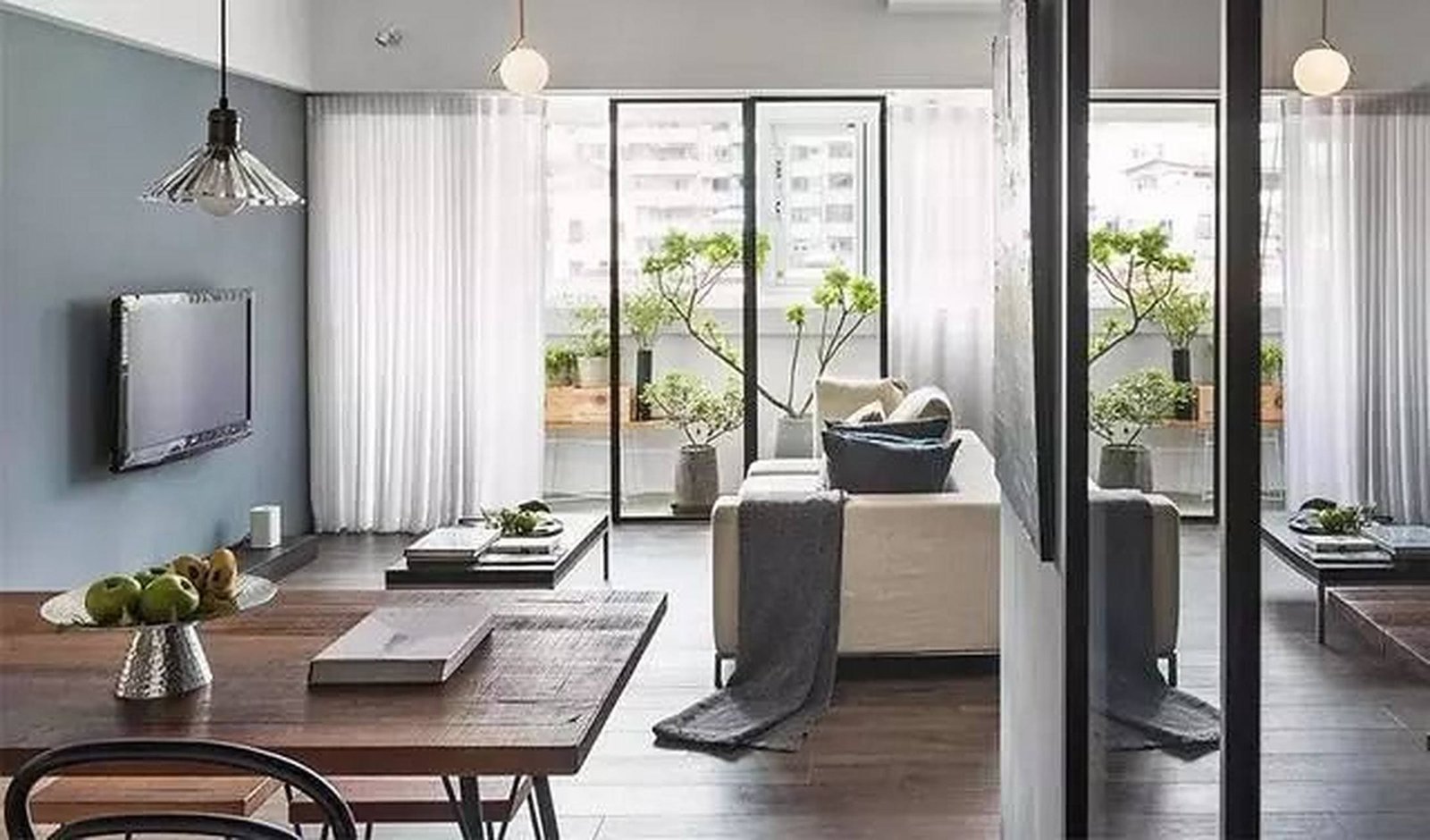
I talk to purchasing managers like Jacky all the time. The most successful ones have a system. They don’t just browse catalogs randomly. They start with a clear list of requirements. This approach turns a confusing choice into a simple process of elimination. If you can define what you need before you start looking, you will find the right door faster and with much less stress. Let’s walk through this simple but effective process.
Step 1: Define the Purpose
Start with function. Is this a front entry door? If yes, security and weather resistance5 are your top priorities. You need a solid door with a high-quality lockset and good weather seals. Is it for a bathroom? Privacy and moisture resistance6 are important. A solid core door that can handle humidity is a good choice. Is it for a pantry? A simple, lightweight hollow core door will do the job perfectly and save you money. Always think about the door’s job first.
Step 2: Set Your Budget and Style
Your budget is a major guide. It will help you decide between different wood types and core constructions. For example, mahogany is a premium choice, while pine is more budget-friendly. Once you have a price range, look at the architectural style. A rustic farmhouse needs a different door than a modern city apartment. Matching the door style to the home’s character creates a cohesive look. Write down your needs for purpose, budget, and style before you shop.
What are the three types of wood doors?
The term "wood door" is not very specific. Not knowing the construction type can lead you to buy a door that fails to meet the needs for insulation, soundproofing, or durability.
The three main types are solid wood, solid core, and hollow core. Solid wood doors are pure wood. Solid core doors have a composite center. Hollow core doors have an empty frame inside.
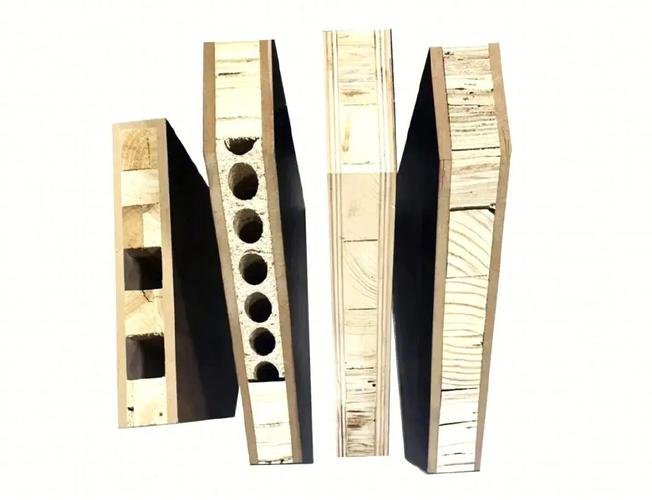
Understanding how a door is made is critical for a buyer. I’ve had clients who were disappointed with a "wood door" because they didn’t realize it was hollow core. Each type has its own strengths and weaknesses. Knowing the difference helps you match the right door to the right application and budget, ensuring you and your customers are happy with the result. Let me explain each one.
The Premium Choice: Solid Wood Doors7
These doors are made entirely from natural wood. They offer the best appearance, feel, and security. They are heavy, substantial, and are excellent at blocking sound. However, they are the most expensive option. They can also expand, shrink, or warp with major changes in humidity if not sealed properly. They are the best choice for a grand main entrance.
The Balanced Option: Solid Core Doors8
Solid core doors are a great middle ground. They have a core made of composite materials like particleboard, with a thin layer of real wood veneer on the outside. They feel heavy and solid, much like a solid wood door. They provide good soundproofing and insulation. They are also more stable than solid wood and less likely to warp. This makes them a very popular, practical choice for both exterior and high-quality interior doors.
The Budget-Friendly: Hollow Core Doors
Hollow core doors are the most affordable option. They have an outer wood frame, but the inside is mostly empty or filled with a light honeycomb cardboard structure. They are very lightweight, which makes them easy to install. However, they offer poor insulation and sound blocking. I usually recommend them only for low-traffic interior spaces, like closets.
| Door Type | Construction | Pros | Cons | Best Use |
|---|---|---|---|---|
| Solid Wood | 100% natural wood | Authentic look, very secure | Expensive, can warp | Main entrance |
| Solid Core | Wood composite core, veneer | Stable, good insulation, cheaper | Not pure wood | Quality interior/exterior |
| Hollow Core | Honeycomb core, veneer | Lightweight, very cheap | Poor insulation, flimsy | Closets, pantries |
Conclusion
Choosing the right wooden door means matching its use, wood, and construction. This ensures the door is durable, secure, and looks great for years, which keeps your projects on track.
Explore the advantages of hardwoods for durability and aesthetics in your projects. ↩ ↩
Discover why Oak is favored for its strength and beautiful grain in furniture making. ↩ ↩ ↩
Explore the advantages of solid core doors for durability and sound insulation, making them ideal for various settings. ↩
Learn about hollow core doors, their cost-effectiveness, and suitable applications for interior spaces. ↩
Explore this link to discover top-rated doors that ensure durability and protection against the elements. ↩
This resource will guide you in selecting the best doors that withstand humidity and maintain privacy. ↩
Explore the advantages of Solid Wood Doors for security and aesthetics, making them ideal for main entrances. ↩
Learn about Solid Core Doors, a practical choice that balances quality and cost, perfect for various applications. ↩

